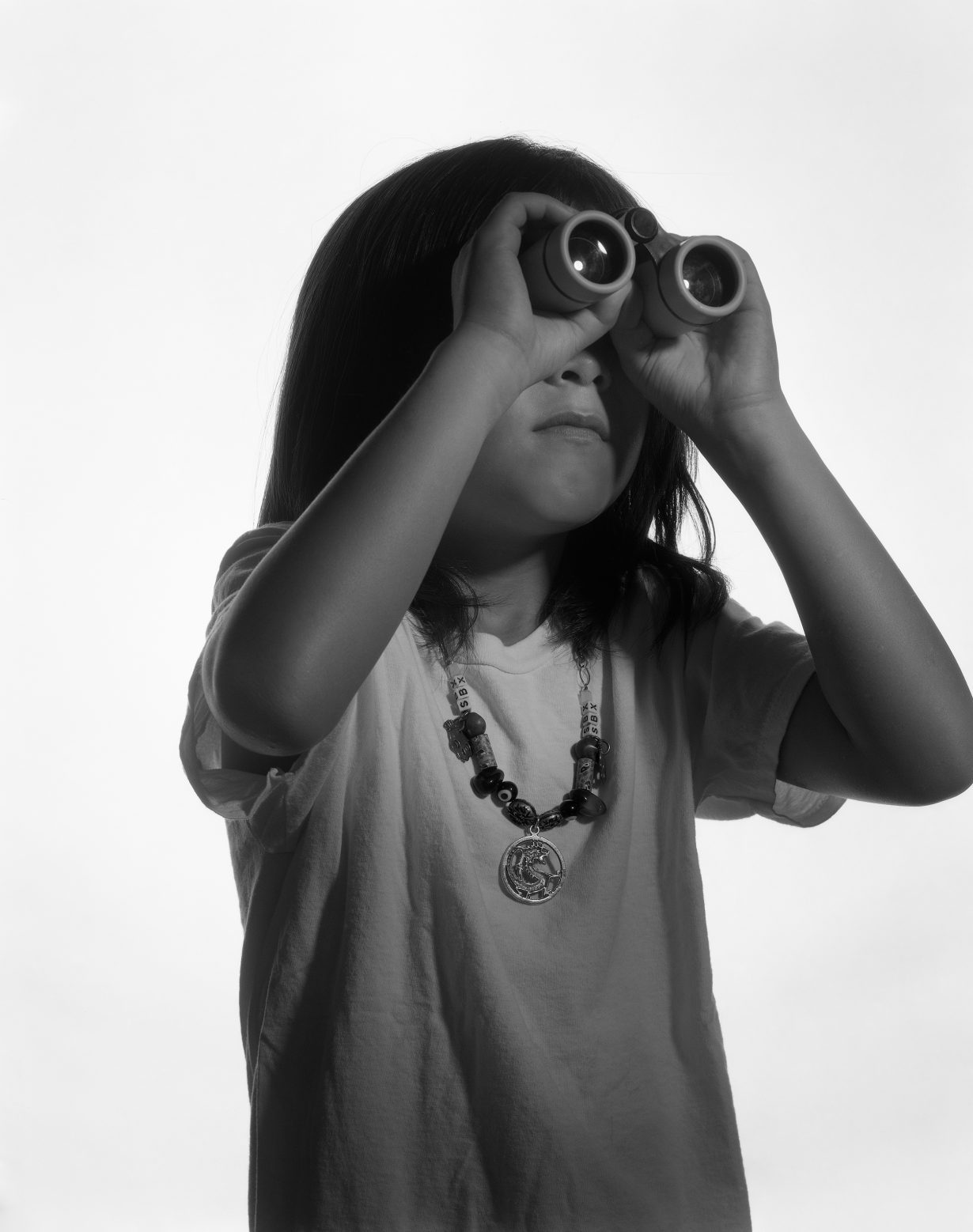The latest edition, Small World, asks if the urge to shelter from the big, scary world is necessarily in tension with connecting with it
During the late 1950s and through the 1960s, French architect and philosopher Paul Virilio travelled his country’s northwestern coast, photographing the derelict bunkers of the Nazi fortification system known as the Atlantic Wall. Built to repel Allied forces attacking German-occupied Europe, these ‘heavy grey masses with sad angles and no openings’ became the subject of a book, Bunker Archaeology (1975), which theorised the phenomenological aspects and territorial impact of these monuments. Virilio also exhibited his photographs, and a few of these giclee prints are included in the Taipei Biennial. The hulking Third Reich monuments, lying half-obscured in the ground, slanting into the sand or overtaken by rising grass, are reminiscent of another type of bunker: those of doomsday preppers who build secret vaults against the apocalypse.
Taiwan knows something about living precariously. The territory has been bracing itself for a Mainland Chinese attack for decades, and purportedly has more than 100,000 air raid shelters. Amid this longstanding local mood of insecurity, as well as more general global anxieties of social division, this edition of the biennial is themed around Small World, the curators writing that the phrase ‘suggests both a promise and a threat: a promise of greater control over one’s own life, and a threat of isolation from a larger community’. They add: ‘Our world can become smaller as we grow closer to one another, but also as we grow apart. This “Small World” takes place within such a suspended state.’
Is the urge to shelter in place from the big, scary world necessarily in tension with connecting with it? They are not mutually exclusive, and the biennial quite easily overcomes this artificial dichotomy by invoking various independent music scenes as examples of self-organising safe spaces that welcome difference and diversity. Take nonprofit record label Yes No Wave Music from Yogyakarta – which ran several listening sessions in November – and the inspiring and generous variety of music in its roster. During one such session, the label’s owner, Woto Wibowo (aka Wok the Rock), played a mix of doom folk, trance and heavy metal, as well as ballads by Dialita, an all-women choir comprising survivors of Indonesia’s anticommunist purges of 1965, who performed the songs they had composed in jail to encourage each other or to celebrate special occasions.

Putting the Small World theme aside, what the biennial consistently manages to do, through the work of over 58 artists, is to refresh our limited, habitual perceptions of the world through the subversion of various opposites and dialectics: this can play out in manipulations of scale – for example in Nadim Abbas’s installation of rectangular blocks of sand and steel arranged in connected pathways, which looks like a microchip or circuit board blown up very big, or a miniature of a secret underground military facility (Pilgrim in the Microworld, 2023). Sometimes, the ‘natural order’ is inverted: Kim Beom reverses nature documentary footage of a cheetah chasing an antelope, so that the prey is now in fierce pursuit of the predator (Spectacle, 2010). Meanwhile, gender binaries are rejected in Terre Thaemlitz’s sharing session, in which the transgender artist plays Rosary Novena for Gender Transitioning (2012), a video- essay that draws parallels between religious dogma and binary classifications of gender categories. The work also questions essentialisms underlying sexual reassignment surgeries, and ends with toe-curling, uncensored footage of a real vaginoplasty operation.
This ontological slipperiness also extends to the boundaries between human and machine. The usual grievances against smart technologies and algorithms rationalising us into flat, inhuman cyborgs, defined by our monetisable user habits, get overturned in What Is Your Favourite Primitive? (2023) by Li Yi-Fan. In the manically paced video, the artist uses 3D- animated figures to create larger-than-life avatars of himself to discuss the nature of animation, time and space in videogames, and the possibility of extending our lives through cryonics. All characters are versions of the same figure – a bald, gurning man voiced by the artist in lisping Mandarin – who gets shot, beaten, resuscitated, sodomised by a flying hammer and so on, all the while waxing lyrical about technical, existential and libidinous problems (‘Can you get sexually assaulted in the virtual world?’).
But Li’s work strikes a rare note of rebellious glee in this biennial. Overall, amid all the subversions of scale and orders, the energy is muted and melancholic, which seems like an honest admission of what facing the world at large feels like for everyone. Yang Yooyun’s hazy triptych of paintings – depicting a cratered moon looming absurdly low and huge behind a satellite tower (Tower, 2013), a malign black orb crushing an old brick building due for demolition and redevelopment (Fantasy, 2012), a sleeping woman with an arm thrown over her eyes (Censorship, 2021) – captures the mood of dread and indifference towards the evils of capitalism. In Riar Rizaldi’s soporific radio play The Right to Do Nothing (2021), sleep and trance provide escape from exploitative labour arrangements. In this work, an Indonesian migrant domestic worker in Hong Kong conveys in ASMR-level whispers her experience of a strange world where you got paid to do nothing. It is later revealed that she had entered into a trance state induced by Jathilan dance, a form of ritualistic Javanese movement.
While those anaesthetised feelings of exhaustion and escapism are true, I find a lighter truth in Jacqueline Kiyomi Gork’s sonic installation, a maze made of inflatable PVC walls that blow up and collapse at different times (Not Exactly [Whatever the New Key Is], 2017–). Resembling a living organism, the black bouncy walls enact a cycle of buoyancy and deflation but settle in neither; you feel empathy for both the alternating states of softness and tautness, relaxation and strength. These walls, unlike the Atlantic Wall, are designed to be collapsible.
Taipei Biennial 2023: Small World at Taipei Fine Arts Museum, through 24 March
